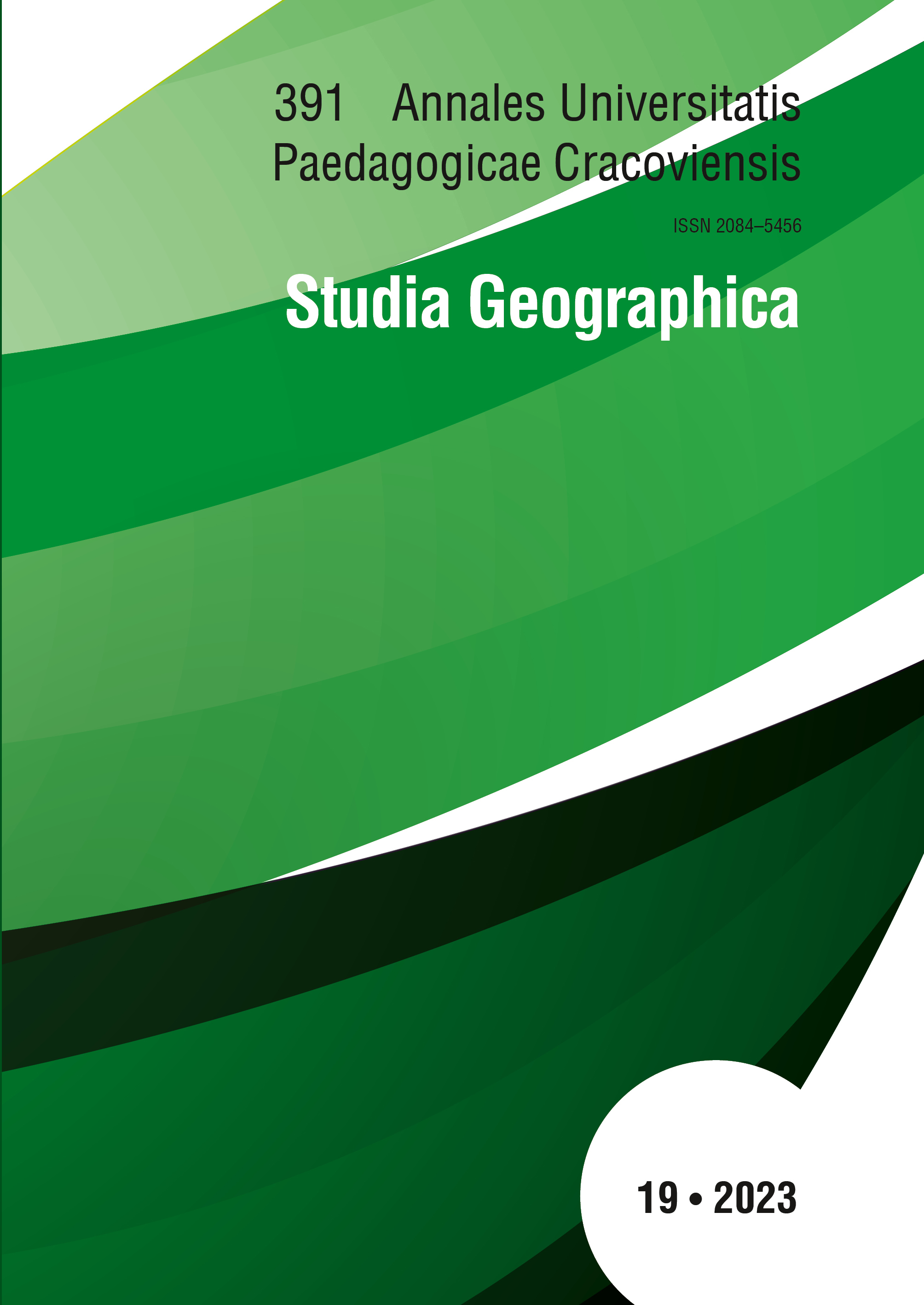Rozwój klubów sportowych i infrastruktury sportowej
w obszarze miasta, na przykładzie piłki nożnej w Krakowie
w ujęciu przestrzennym
Development of sports clubs and sports infrastructure in the area of the city of
Krakow in spatial terms
Author(s): Kamil DylągSubject(s): Rural and urban sociology, EU-Approach / EU-Accession / EU-Development, Sports Studies
Published by: Wydawnictwo Uniwersytetu Komisji Edukacji Narodowej w Krakowie
Keywords: sports clubs; sports infrastructure;
Summary/Abstract: Soccer is seen as an important part of Krakow’s social and cultural life. This is due to thelong ‑standing traditions associated with the sport, which are rooted in the city’s history.Initially, soccer in Krakow had an amateur dimension. The first mentions of a moreorganized form of practicing this form of sport date back to the times under the Partitions ofPoland. After the restoration of independence, soccer began to evolve, which was associatedwith the professionalization of the clubs’ sports activities. Club activists from Krakow wereimportant figures in directing the development of soccer and sports infrastructure, not onlyin the city, but throughout the country. During the interwar period, there was a phenomenonof demographic, cultural and economic development of the city, which translated into thedynamic development of sports at that time. In the second half of the 20th century, the newpolitical system in Poland, resulted in a reorganization of sports management in the country.The changes at the time, translated into the picture of the functioning of sports, among otherthings, club activities became heavily dependent on industrial plants. After the period oftransition associated with political changes after 1989, the functionality of many clubs(especially multi ‑section clubs), became much more difficult by cutting off funds flowingfrom state ‑owned factories. Today’s situation has changed, not least due to improvementsin the city’s economy, as well as Poland’s participation in the European Union community.The ability to obtain funds from the Union, for regional development, allows for manymore options for sports ‑related investments. An important element in the development ofprofessional soccer, has become club sponsorship. A good example of successful sponsorshipis the two most successful clubs in Krakow – Wisla Krakow and Cracovia. Both teams havegained, above all, financial stability and progress in sports performance.
Journal: Annales Universitatis Paedagogicae Cracoviensis Studia Geographica
- Issue Year: 2023
- Issue No: 19
- Page Range: 87-100
- Page Count: 14
- Language: Polish

